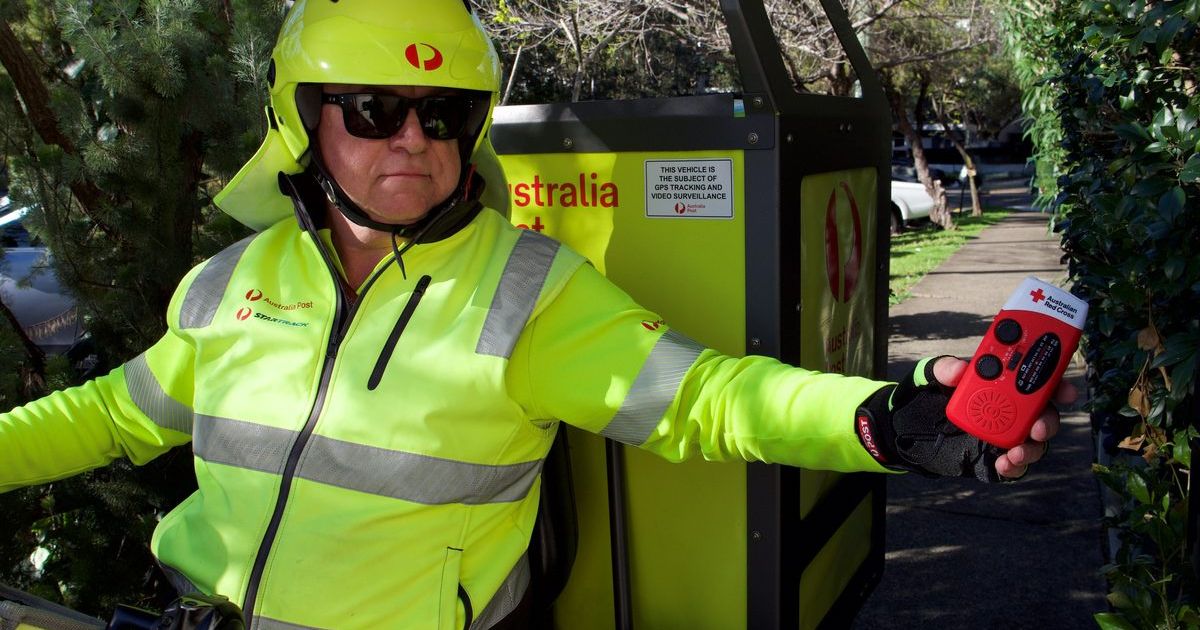Mining talks focus on history

Good as gold: Central Victoria’s mining history will be on show at a series of virtual talks hosted by Federation University. Photo: STATE LIBRARY OF VICTORIA
CELEBRATE 151 years of mining in Central Victoria with Federation University’s virtual talks.
The School of Mines Ballarat, now part of the university, was launched in 1870, and after COVID-19 put last year’s 150 celebrations on hold, three virtual talks will be hosted to mark the occasion.
The first, Victorian Gold Deposits, was held on Tuesday, 20 July by senior geochemist with Geoscience Victoria Dr Dennis Arne.
On 10 August, historian and professor Erik Eklund will host the SMB – Educating a Workforce for the World talk and on 14 September, professor in La Trobe University’s department of archaeology and history Susan Lawrence will host Sludge – Disaster on the goldfields.
Associate professor of geological sciences Kim Dowling said the first talk had an audience of about 100 people and was a resounding success.
“Dennis Arne who has actually worked at the university previously talked about how you look for gold historically and how modern mining techniques are being used to find a whole lot more,” she said.
“He had a very upbeat message about how much gold there is still out there and how much there is for us to find and had some suggestions about places to look.”
A main theme of the talks according to Ms Dowling is the technological advancements that have been made in mining, including sophisticated technology to understand the chemistry of material, data analysis, and the use of satellites.
“We can now use information we gather from satellites to help us understand what’s happening on the landscape,” Ms Dowling said.
“In the past people would go walking or on horses and get material, now we can get information from satellites to get information on where to go to, this time on four-wheel-drives to collect material. There’s a great advancement for us to be able to target areas of interest.”
Professor Susan Lawrence said mining practices in Central Victoria have come a long way in protecting the environment.
“We’ve discovered that when mines are processing the ore, they use a lot of water in that process, which they did in those days and they still do today, and in those days, there was absolutely no environmental regulation and so all of that material was just dumped into local waterways,” she said.
“It was this mess of semi-liquid mud and silt and gravel and sand and it just choked all of the waterways.”
Ms Lawrence said that 75 per cent of Victoria’s waterways were affected and businesses and farms in Bendigo and Ballarat successfully lobbied for environmental regulations.
“That material is still there, you can go to these places and see the layers in the bank of the rivers, the Yarrowee and the Loddon River and Bendigo Creek and you can see where that sludge is still sitting on the floodplains,” she said.
To register for August’s talk and learn more about the history of mining in Central Victoria, head to bit.ly/2Wk004P.


















